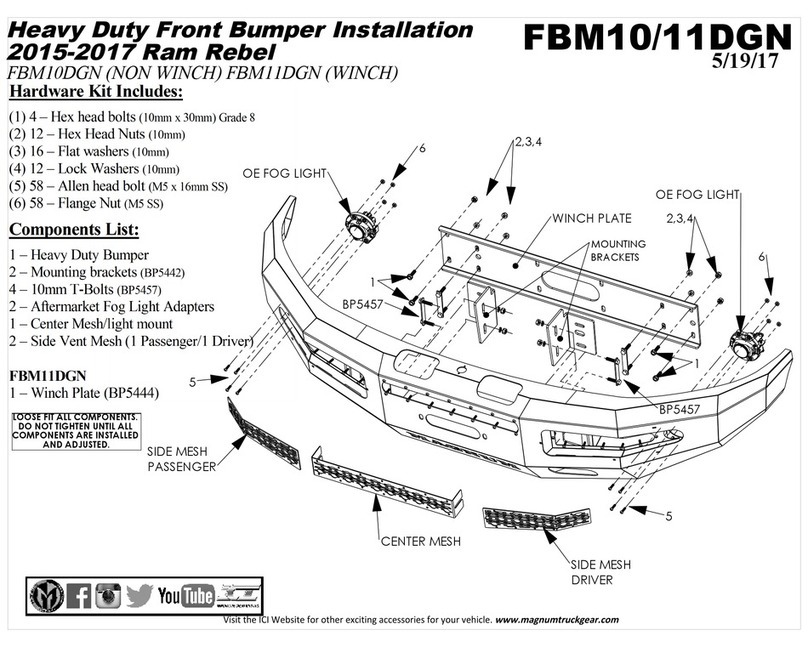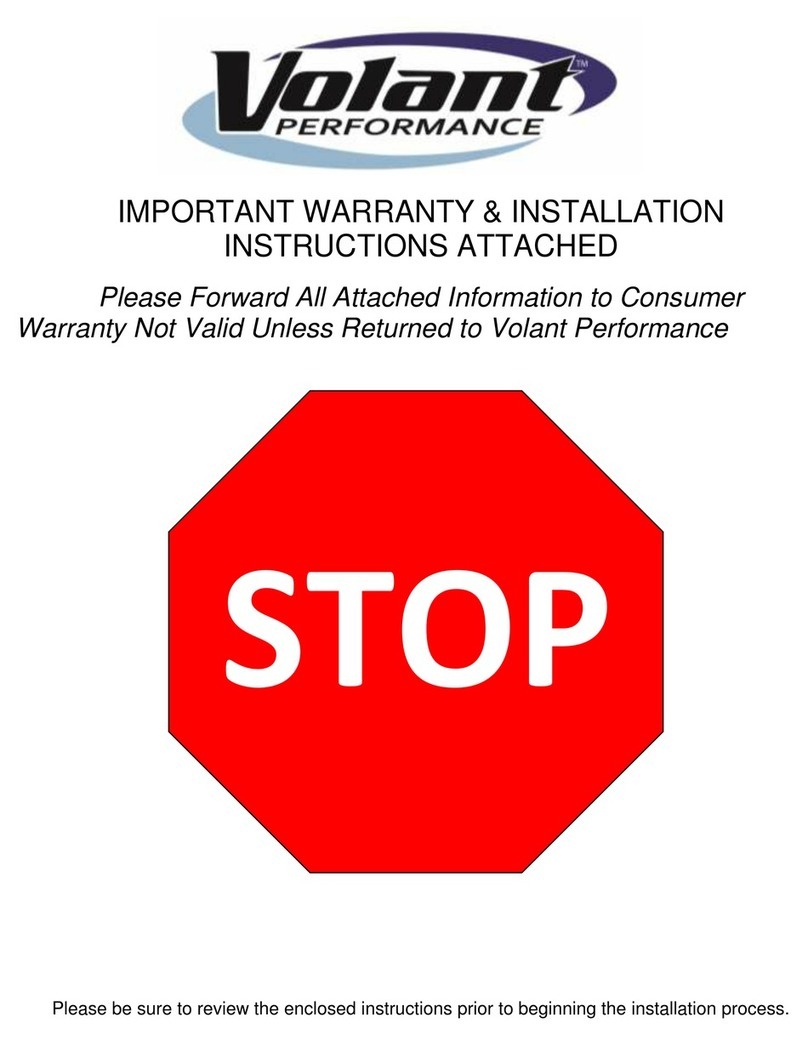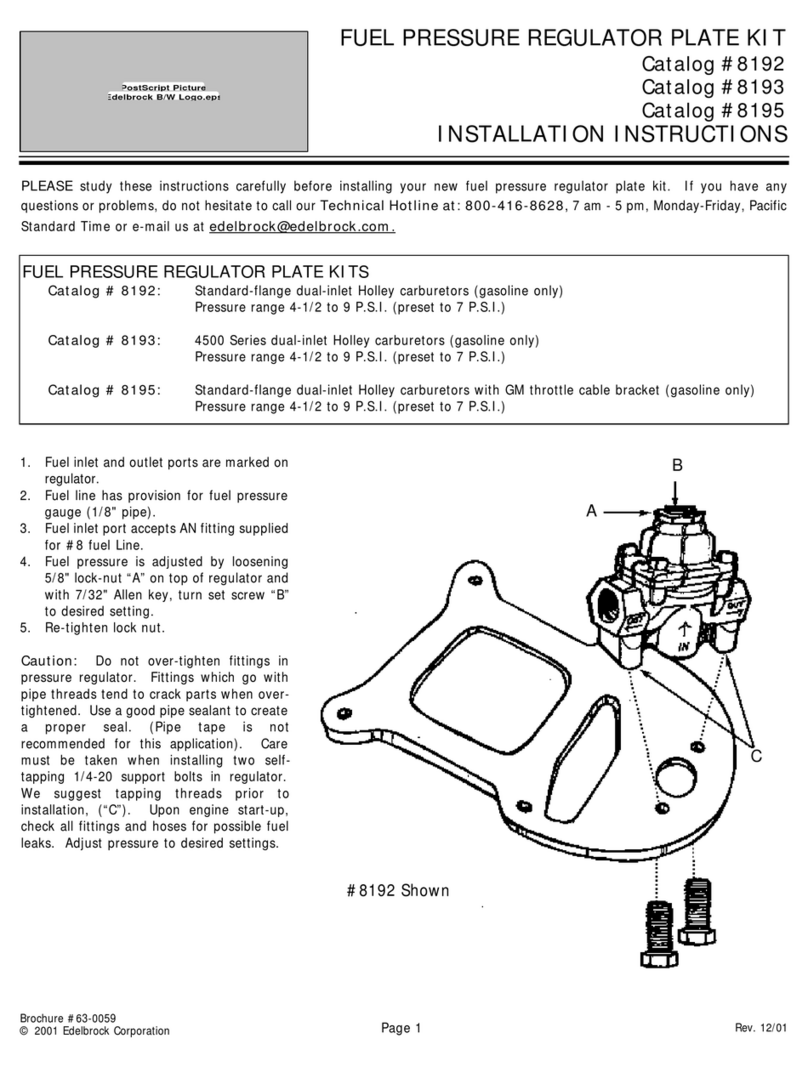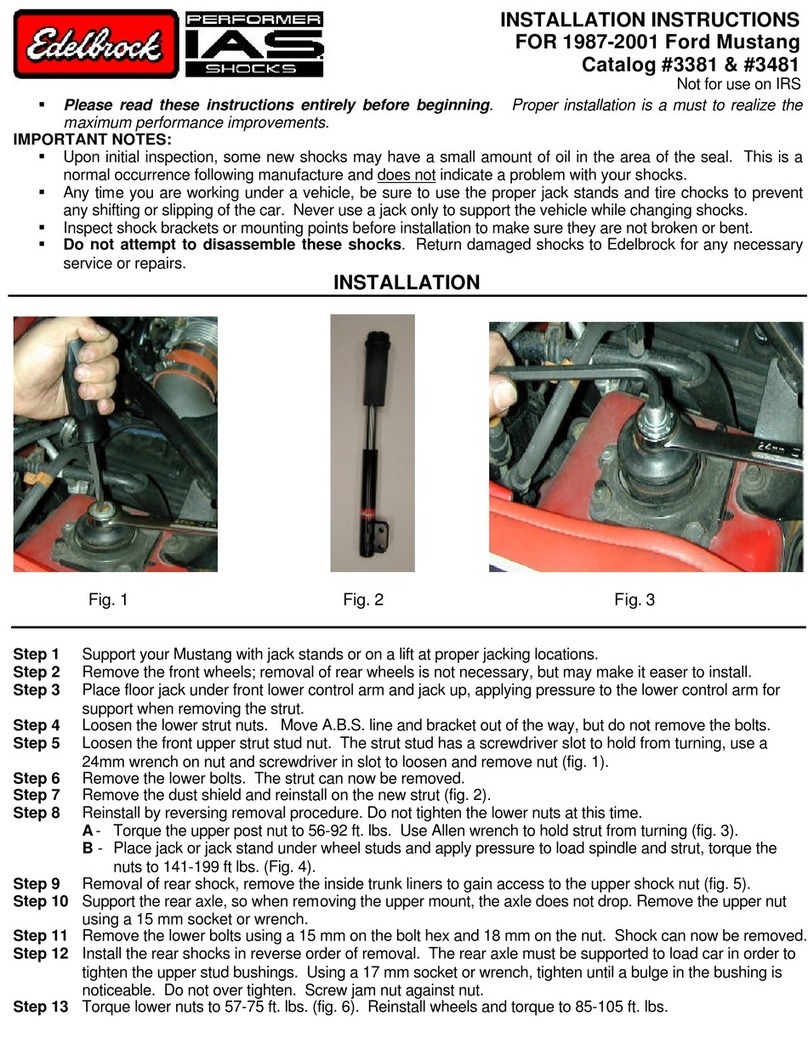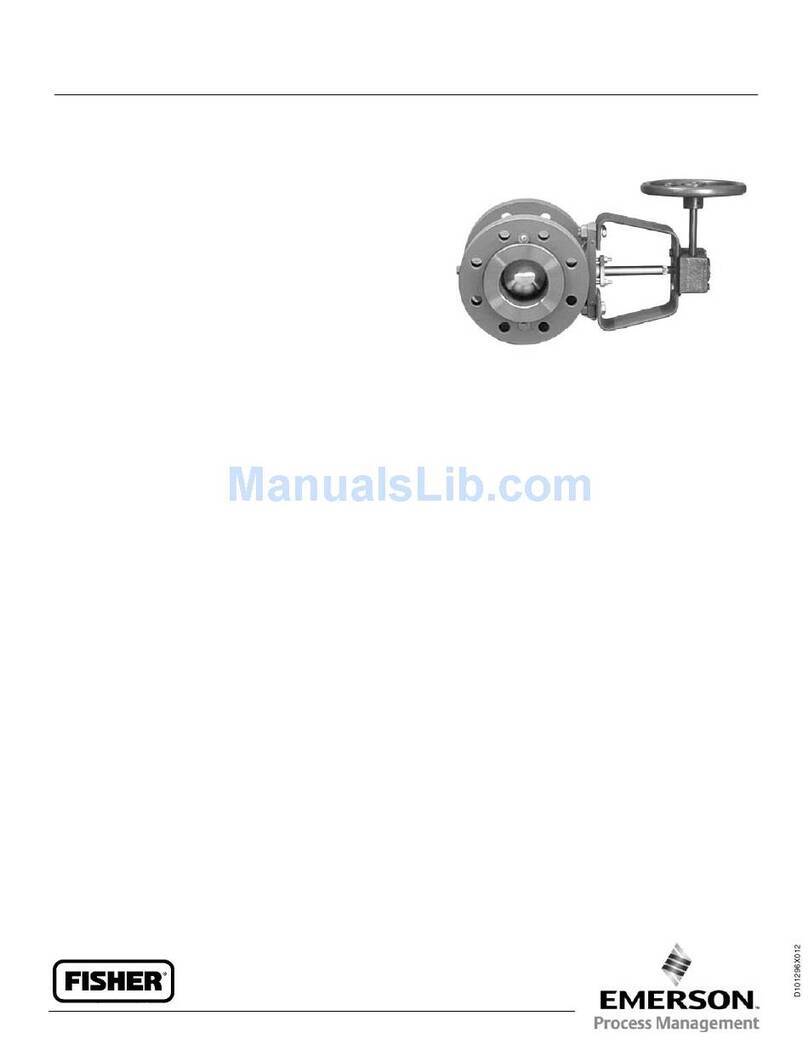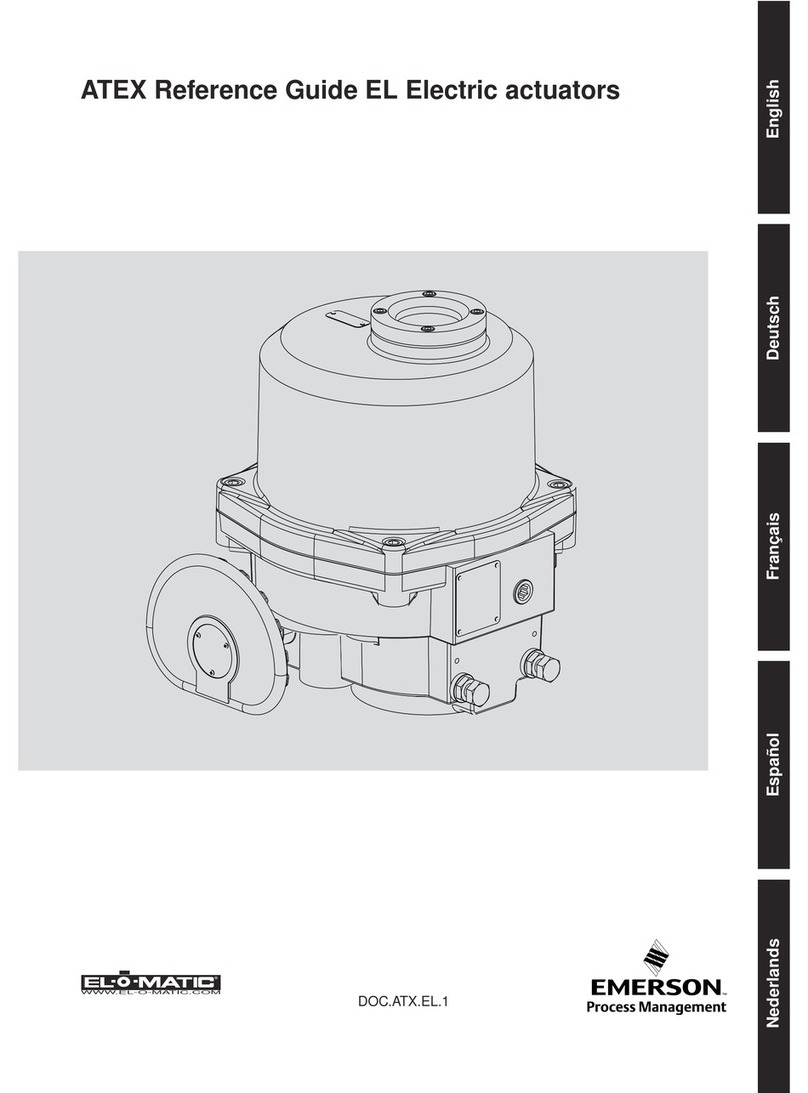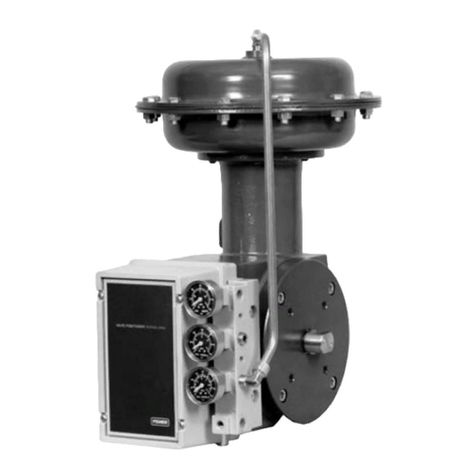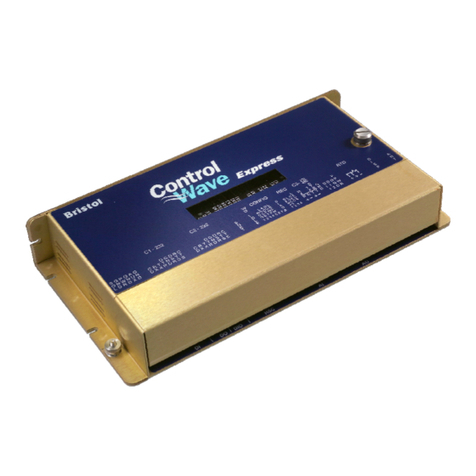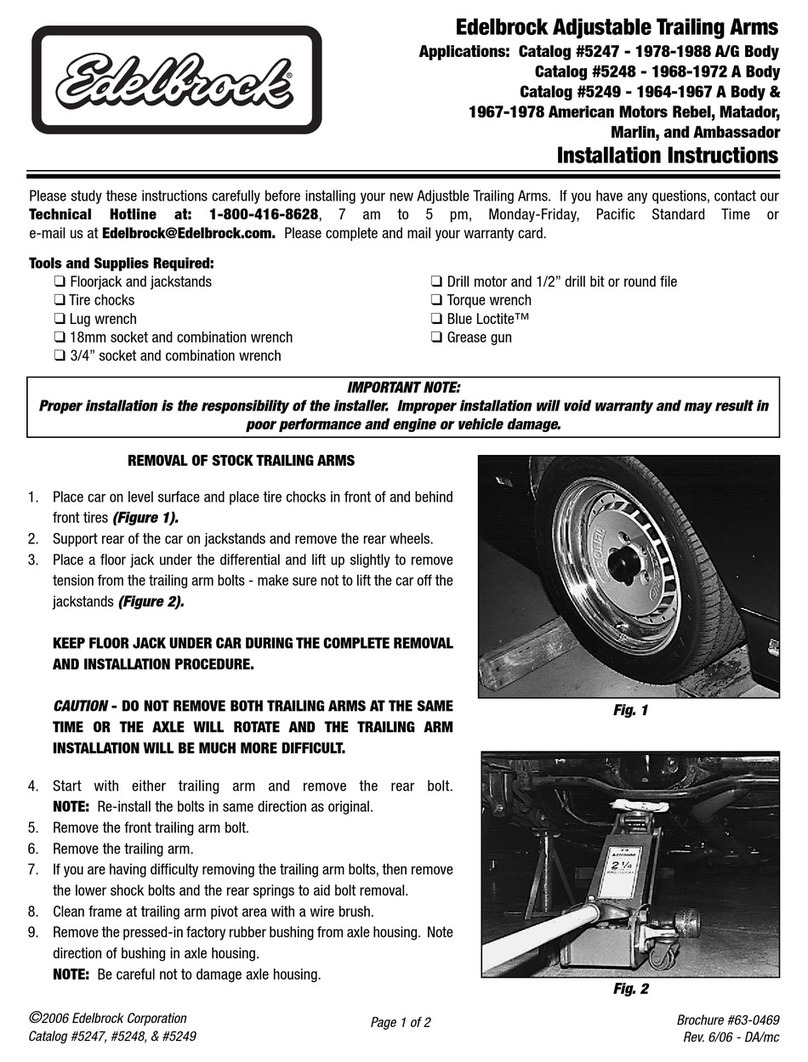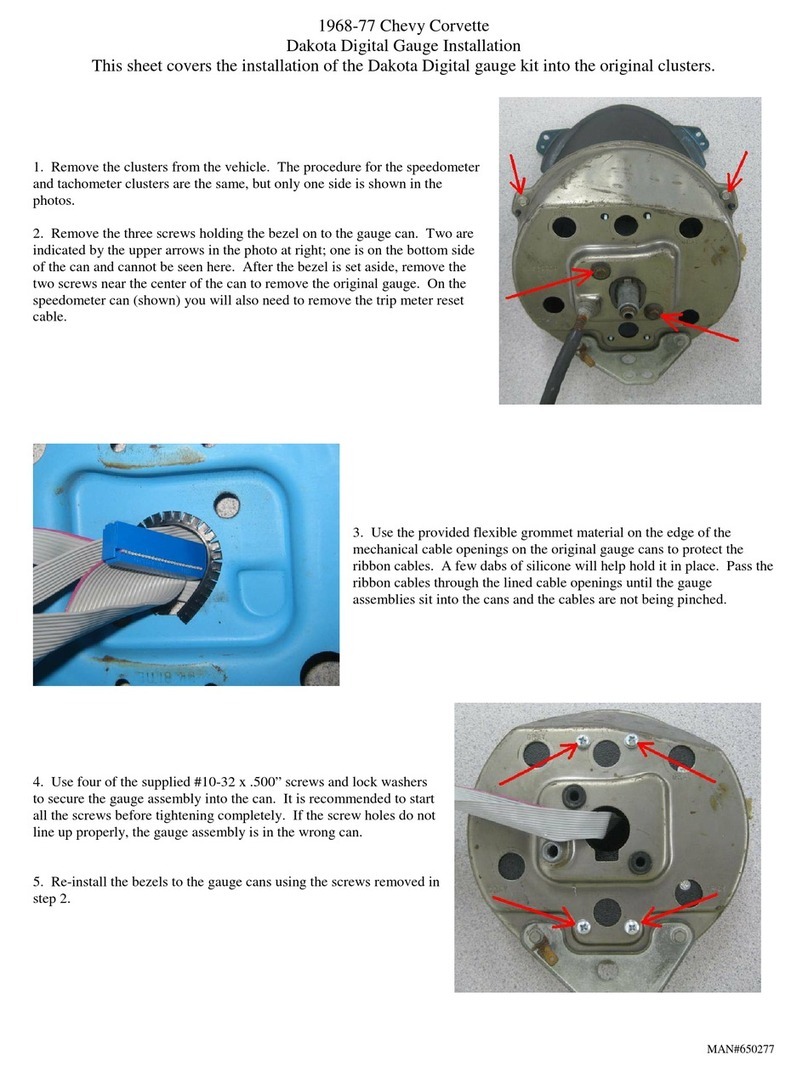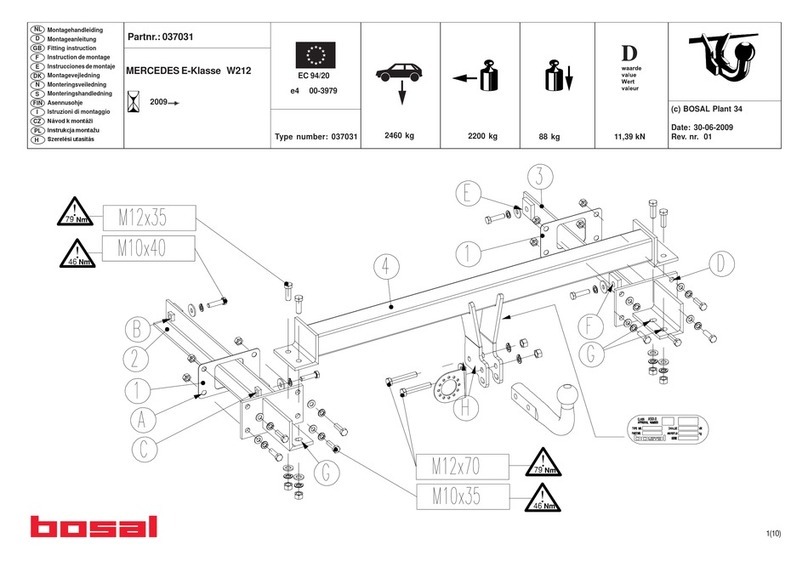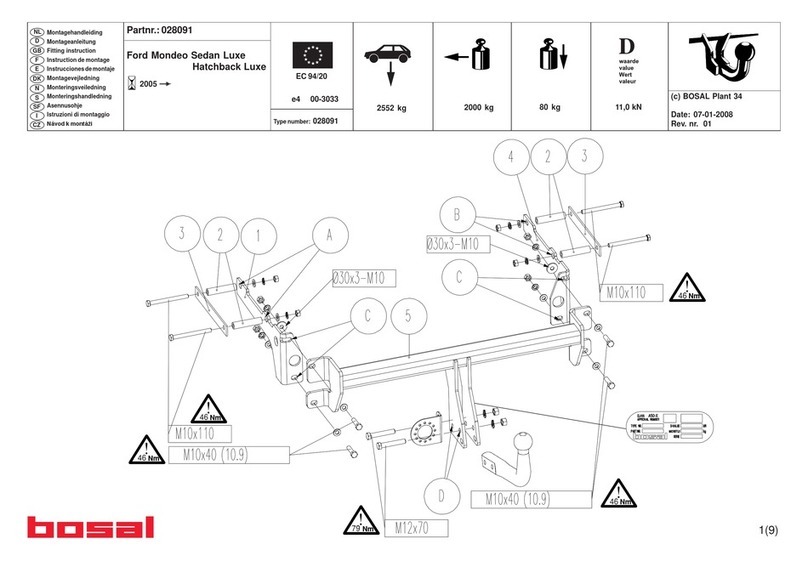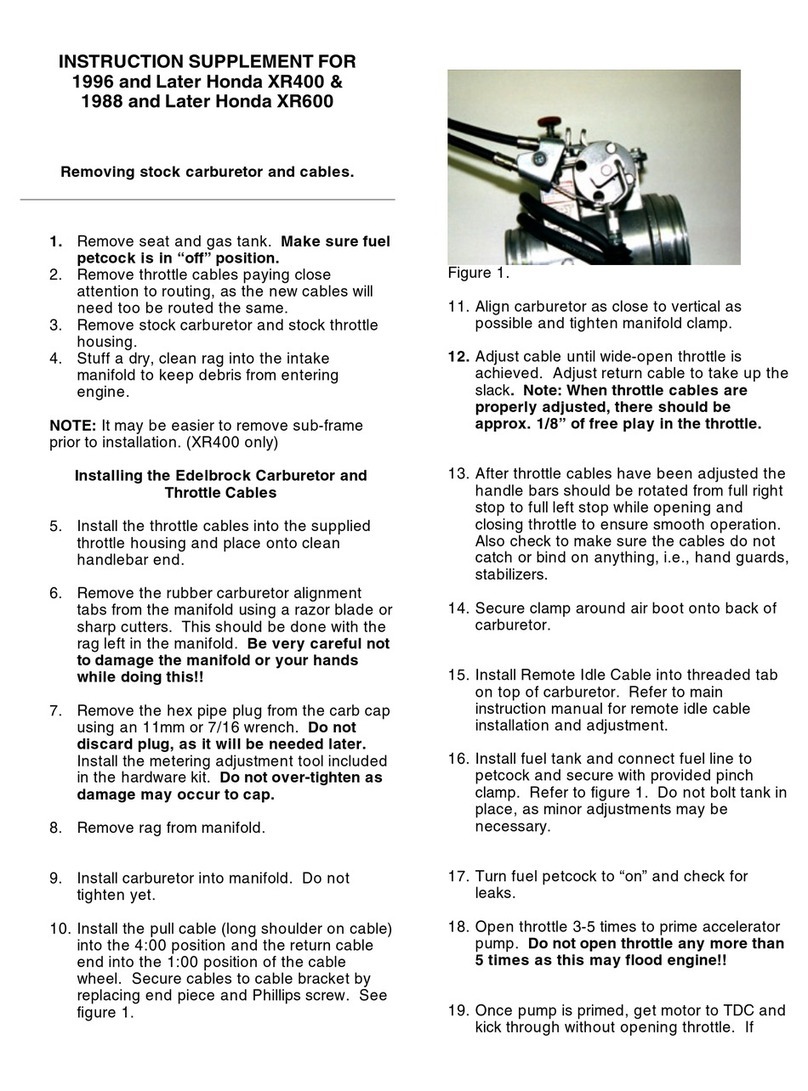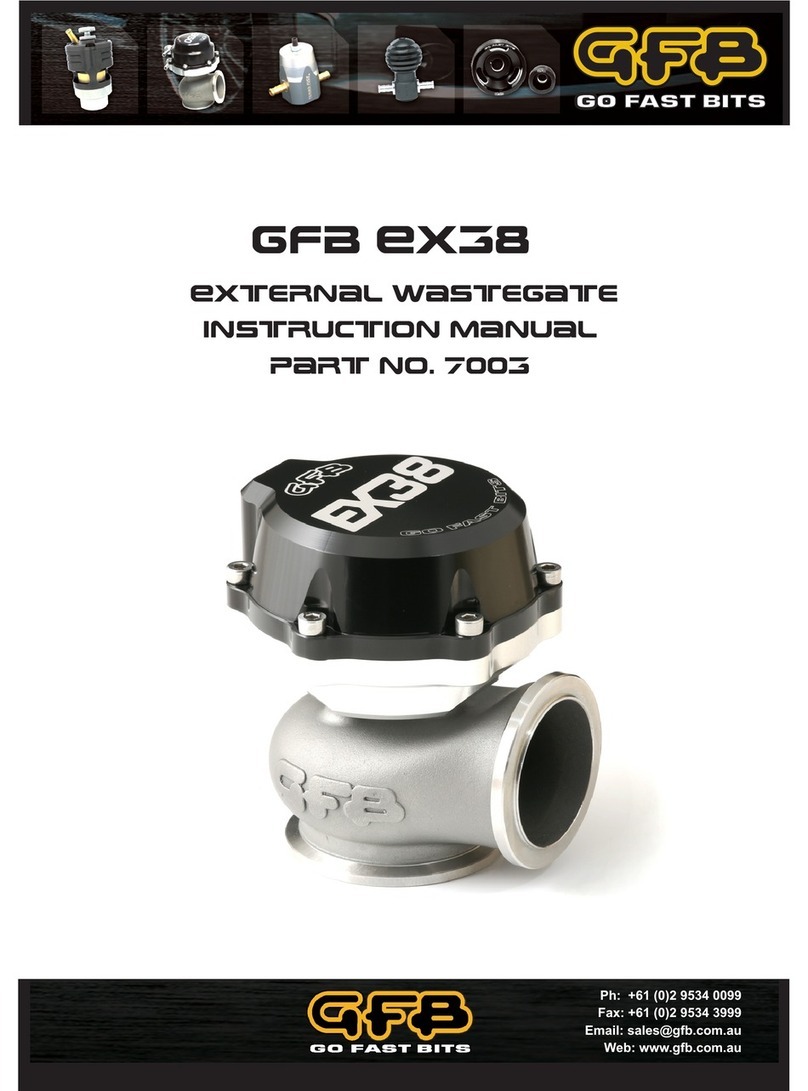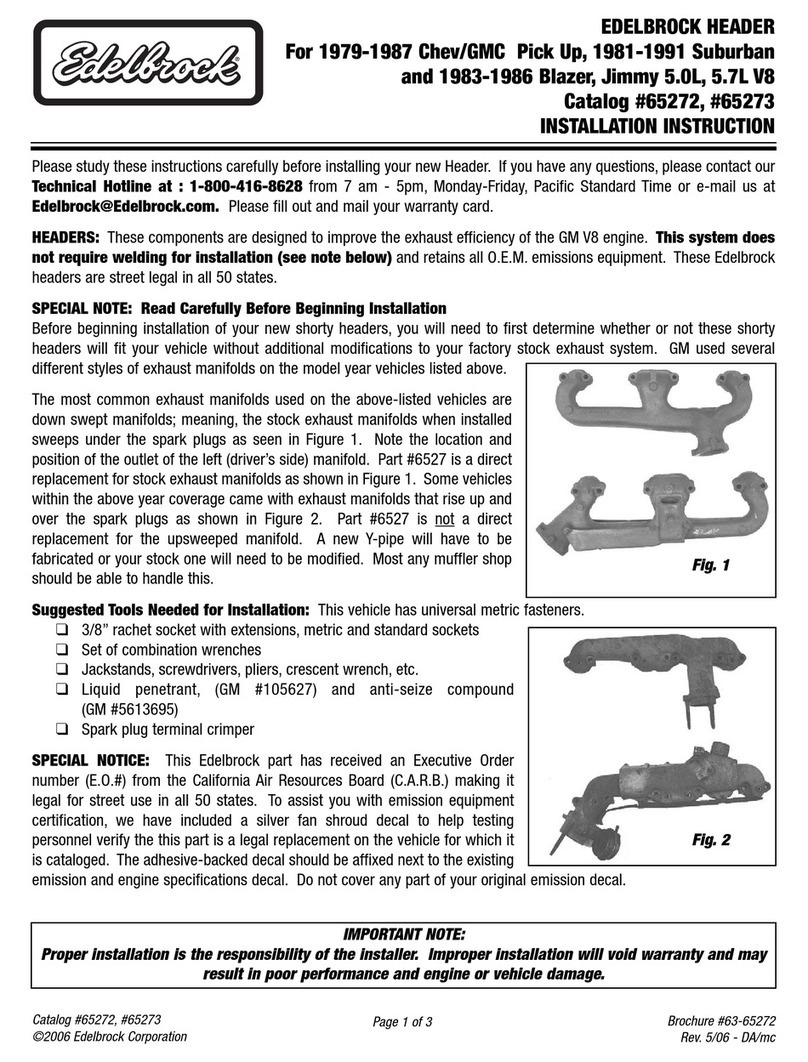
Instruction Manual
D100311X012
667 Size 80 and 100 Actuators
May 2011
7
Remove the shroud plate (key 65, figure 7), and loosen the jam nut (key 26, figure 7).
For small spring forces, adjustments can be made by rotating the adjusting nut (key 25, figure 7). Counterclockwise
rotation (when viewed from the diaphragm casings) of the adjusting nut will increase the loading pressure required to
start actuator stem travel, and clockwise rotation will decrease the pressure required to start travel. Tighten the jam
nut when adjustment is complete.
For high spring forces, it is necessary to use spacers between the bottom of the yoke and the spring seat to isolate
spring force from the adjusting nut.
WARNING
To avoid personal injury from the compressed actuator spring snapping back to its original length, make and use the
spacers by following the instructions in the steps below.
1. It is recommended that three spacers be made of three‐inch schedule 80 pipe cut to the appropriate length
specified in step 2. If other than the recommended material is to be used, be certain that the spacers are capable of
withstanding the spring force involved. The spacers must also be of equal length with ends cut squarely.
2. Measure dimension B as shown in figure 3. Cut the length of the spacers as follows:
a. If it is desired to decrease spring compression, make the spacers approximately 4.8 mm (3/16‐inch) longer than
dimension B.
b. If it is desired to increase spring compression, make the spacers approximately 4.8 mm (3/16‐inch) shorter than
either dimension B plus the amount of adjustment required or dimension B plus valve travel, whichever is less.
3. Whenever the total amount of adjustment required is greater than valve travel, the adjustment must be made in
two or more steps, and the amount of adjustment taken in each step must be less than valve travel.
4. Pressure the actuator to attain full travel. Cautiously insert the spacers at equal intervals around the spring seat (key
19, figure 7). Spacers must be seated squarely, or they may slip out of position. Keeping hands and tools away from
the spring and spring seat, slowly decrease loading pressure until the spring force holds the spacers firmly between
the spring seat and the bottom of the yoke.
5. Loosen the jam nut. The adjusting nut can now be rotated counterclockwise (when viewed from the diaphragm
casings) to increase the loading pressure required to start actuator stem travel or clockwise to decrease the
pressure required to start travel.
6. Pressure the actuator to move the spring seat away from the spacers, and carefully remove the spacers.
7. Slowly reduce the air pressure to the actuator. Make sure that the thrust bearing (key 86) is correctly seated in the
spring seat before contact with the adjustment nut (key 25) is made.
8. If the total adjustment required was greater than valve travel, repeat the procedure. It will be necessary to make
new spacers using the new dimension B and the remaining adjustment required or valve travel, whichever is less.
Tighten the jam nut when adjustment is complete.
Maintenance
WARNING
Avoid personal injury or property damage from sudden release of process pressure or bursting of parts. Before performing
any maintenance operations:
